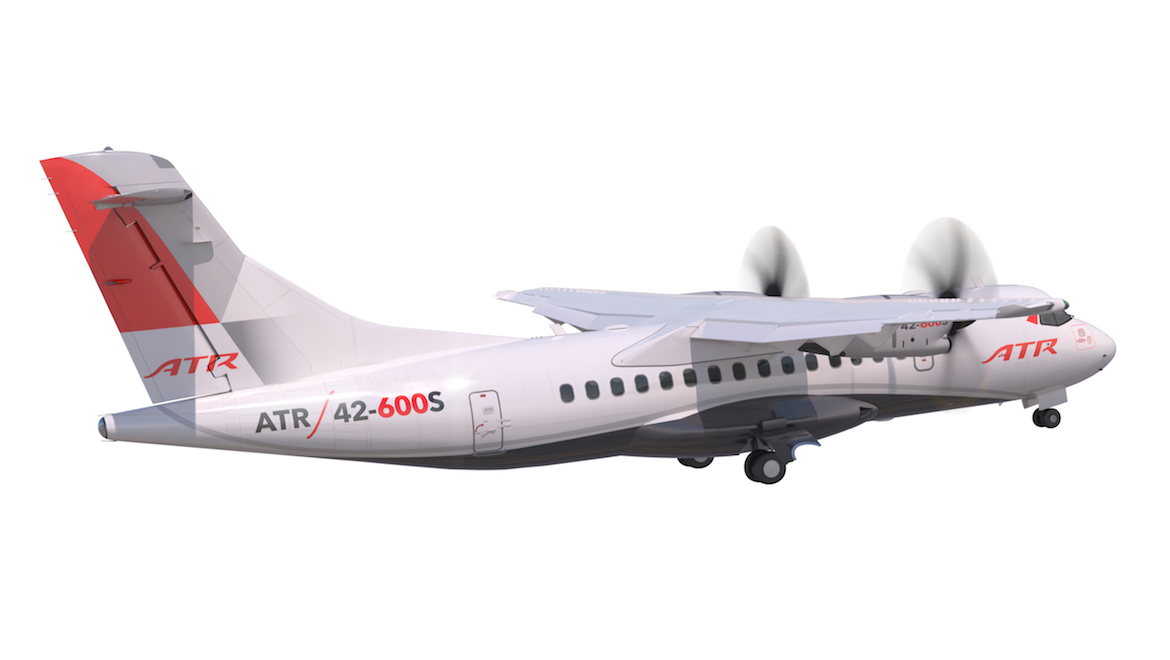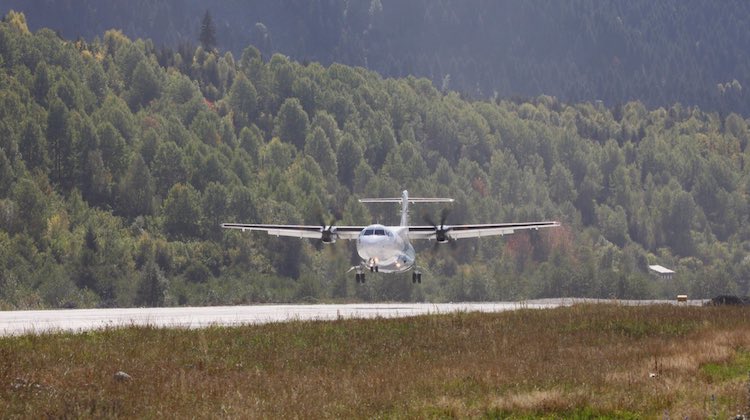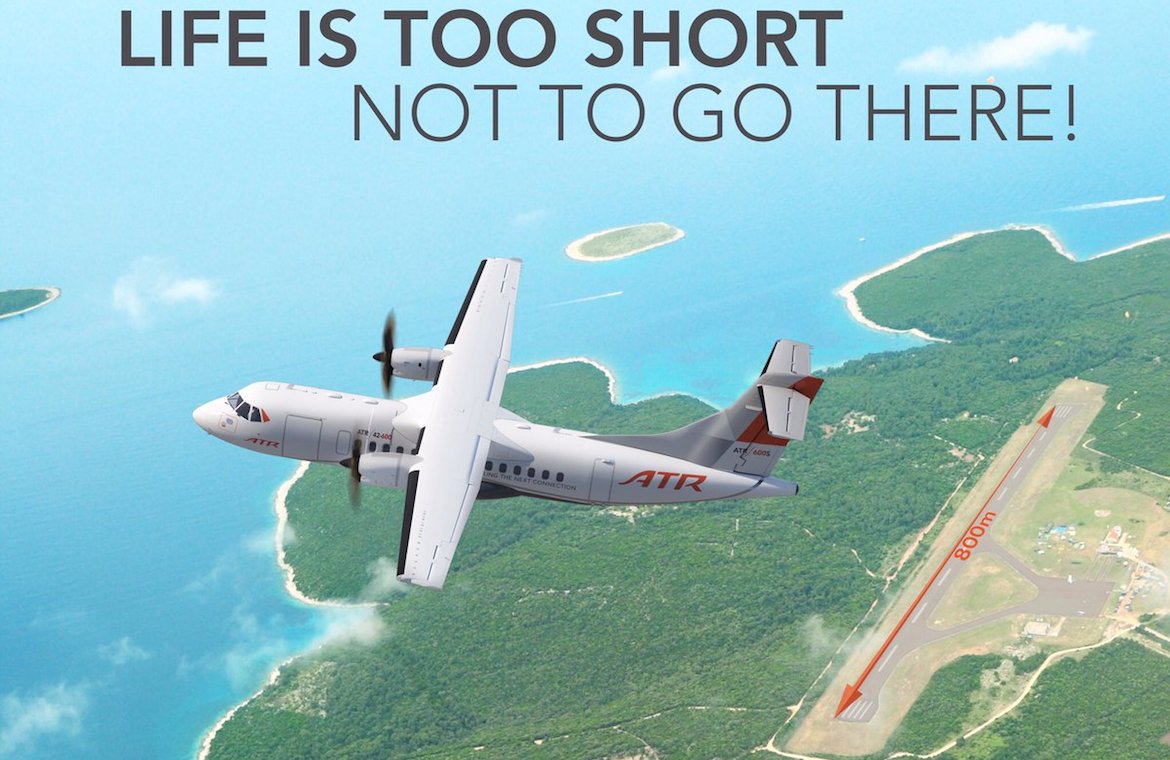
Turboprop maker ATR’s board of directors have formally given the green light for a short takeoff and landing (STOL) variant of its 42-600 aircraft.
While ATR first began work on the aircraft, designated 42-600S, in 2017 and began accepting orders earlier in 2019, the aircraft had not been officially launched until Wednesday (European time), when the company announced it had “received authorisation from its board of directors”.
ATR chief executive Stefano Bortoli said there was huge potential in the 50-seat market.
“Adding the ATR 42-600S to our family makes total sense and paves the way for the company’s future,” Bortoli said in a statement.
“The ATR 42-600S could help airlines widen their horizons, as it can reach up to around 500 new airports across the globe.”
The 42-600S was designed to takeoff with a full passenger load from runways as short as 800 metres. Currently, ATR quotes a 1,025m takeoff distance for an ATR 42-600 with a max passenger load at ISA and sea level.
The STOL variant would open up the ATR 42 to a lot of smaller regional airfields in Australia, New Zealand, Papua New Guinea, the South Pacific and elsewhere.
ATR said the 42-600S would use the same engines as the ATR 42 and larger ATR 72 aircraft.
Pilots would be able to select between the ATR 42 and ATR 72 engine ratings, which allowed for increased power for short runway operations.
There was also a larger rudder to allow for increased control of the aircraft at lower speeds, as well as an autobrake system that would ensure full braking power would occur immediately on landing, ATR said.
Finally, ATR said the 42-600S would be able to “symmetrically deploy its spoilers to improve braking efficiency on landing”.

ATR has previously forecast a need for some 1,200 turboprops in the 30-50 seat category over the next 20 years.
And at this point it was the only game in town for airlines looking for this size of aircraft.
In an Australian context, the ATR 42-600S could be significant for Lord Howe Island Airport, located about 425nm east of Sydney in the Pacific Ocean. The airport has a single runway in an east-west orientation that is 866m in length, which limits the types of aircraft that can operate there.
Currently, QantasLink schedules up to 19 flights a week to Lord Howe Island from Sydney, as well as some seasonal services from Port Macquarie, with 36-seat Dash 8 Q200 turboprops, the smallest aircraft type in its fleet.
While the standard ATR 42-600 was able takeoff from Lord Howe Island currently, its payload would be limited to around 36 passengers, it was understood.

ATR secured two orders for the 42-600S at the 2019 Paris Airshow, with lessor Elix Aviation Capital putting pen to paper for 10 aircraft to be delivered between 2022 and 2024 and South Pacific-based Air Tahiti singing for two aircraft.
Air Tahiti general manager Manate Vivish said the 42-600S was excellent news for residents of the archipelago and the tourists who headed to the country.
“The ATR 42-600S will enable us to use higher-capacity aircraft for destinations which until now had only been accessible with much smaller aircraft,” Vivish said in a statement when announcing the order in June.
“I am so happy to be part of the launch of this new version of the ATR. This turboprop has already earned worldwide recognition for its high-quality performance, especially for island networks.”
Air Tahiti, which has been flying ATRs for three decades, said it expected to operate the aircraft on routes within the Marquesas Islands, increasing passengers to particular destinations served presently by smaller aircraft only. The order would also allow the airline to reduce the number of aircraft types in its fleet.
VIDEO: A look at the 42-600S from the ATR YouTube channel.











